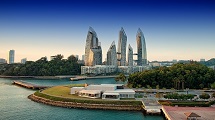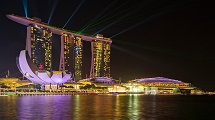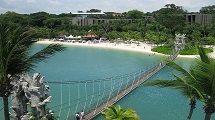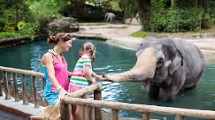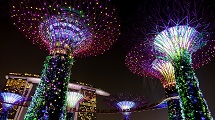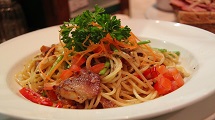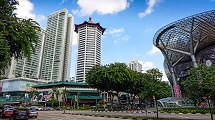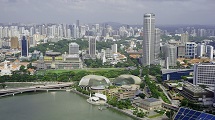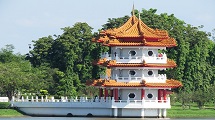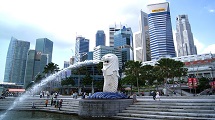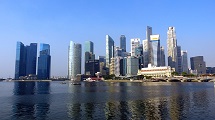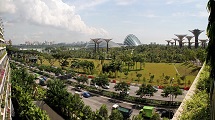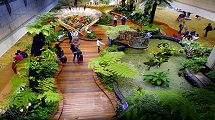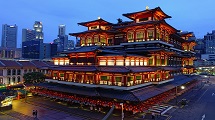Singapore?
Tourist attractions like Singapore Flyer, Orchard Road, Universal Studios Singapore, Chinatown, etc., and nature-based tourist attractions like Gardens by the Bay, Botanic Gardens, Sentosa Island, etc., are the most famous Singapore spots.
2. What is the number one tourist attraction in Singapore?
Marina Bay Sands is regarded as the number one tourist attraction in Singapore. It offers various recreational spots like the ArtScience Museum, luxurious hotels, the Marina Bay Sands Skypark Observation Deck, etc.
3. Is Singapore expensive to visit?
Relative to other Asian countries, Singapore is an expensive country. But if you play it right by availing of budget airlines, inexpensive hotels or dorms, public transportation, and eating street food, you can easily cut down your expenses.
4. Do they speak English in Singapore?
Yes! Almost half the population of Singapore is well-versed in English. All the tourist spots have staff who have good English communication skills. Even the local vendors are English speakers and have adopted the language for business.
5. What religion do Singaporeans follow?
Singapore follows diverse religions, and the country does not have an official religion. However, Buddhism is the most practised religion due to many Chinese citizens.
6. Is Singapore safe?
Singapore is the second safest city in the entire world. That implies a negligible crime rate, a transparent legal system, and a strong police force. And if you are a woman travelling alone, you won't feel threatened or vulnerable in the slightest, even during the night.
7. What is the currency of Singapore?
SGD, or Singapore dollars, is the official currency of Singapore. The paper currency denominations that you can find are $2, $5, $10, and $50. The coins come in 5 cents, 10 cents, 20 cents, 50 cents, and $1 denominations.
....Read Less 
